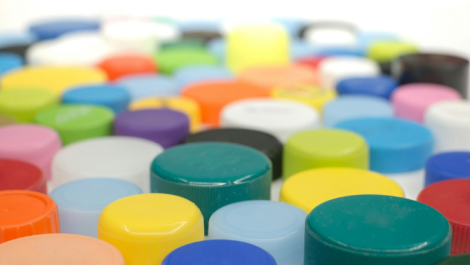Koenig & Bauer has underlined its commitment to sustainable and eco-friendly print products and packaging by joining the Healthy Printing initiative.
Healthy Printing is an initiative set up by the international environmental research and consultancy institute, EPEA (Environmental Protection Encouragement Agency), with the support of the DOEN Foundation. The foundation idea of the initiative is to advance implementation of the cradle-to-cradle (C2C) design concept in the print industry. The target of the Healthy Printing Initiative is to promote the use of eco-friendly substrates, inks, coatings and other consumables for the printing of paper, carton, corrugated board, plastics and other products, and finally to enable efficient recycling systems.
Preference is given to those substrates, inks, coatings and other consumables that are manufactured in a zero-waste process. Following use, the print products must then be collected and be consistently recycled. At the end of the recycling process, any residual material should ultimately be reabsorbed into the natural ecosystem as biological nutrients, without placing a burden on the environment.
As a result, Koenig & Bauer sees joining the Healthy Printing Initiative as helping to strengthen the network with its own ‘preferred suppliers’, a number of whom are already active members of the initiative.
Existing members of the Healthy Printing initiative include Brigl & Bergmeister, hubergroup and Lenzing Paper, amongst others from across the print and packaging supply chain.
Koenig & Bauer CEO Dr Andreas Pleßke said, ‘We are the first press manufacturer to actively participate in this network of paper, packaging material, ink and print chemistry manufacturers, printing companies, recyclers, designers, end customers and other industry stakeholders. Substrates, additives, inks and print processes must be combined in a way that promotes sustainable, future-oriented print production.
‘More effective climate and environment protection measures in print production depend on intact recycling chains and a functioning circular economy, which in turn demands the close cooperation of everyone concerned. Involving the end customers is especially relevant, as they do, of course, have a particular interest in the sustainability of print production and material sources, and therefore the ecological quality of their products.’






